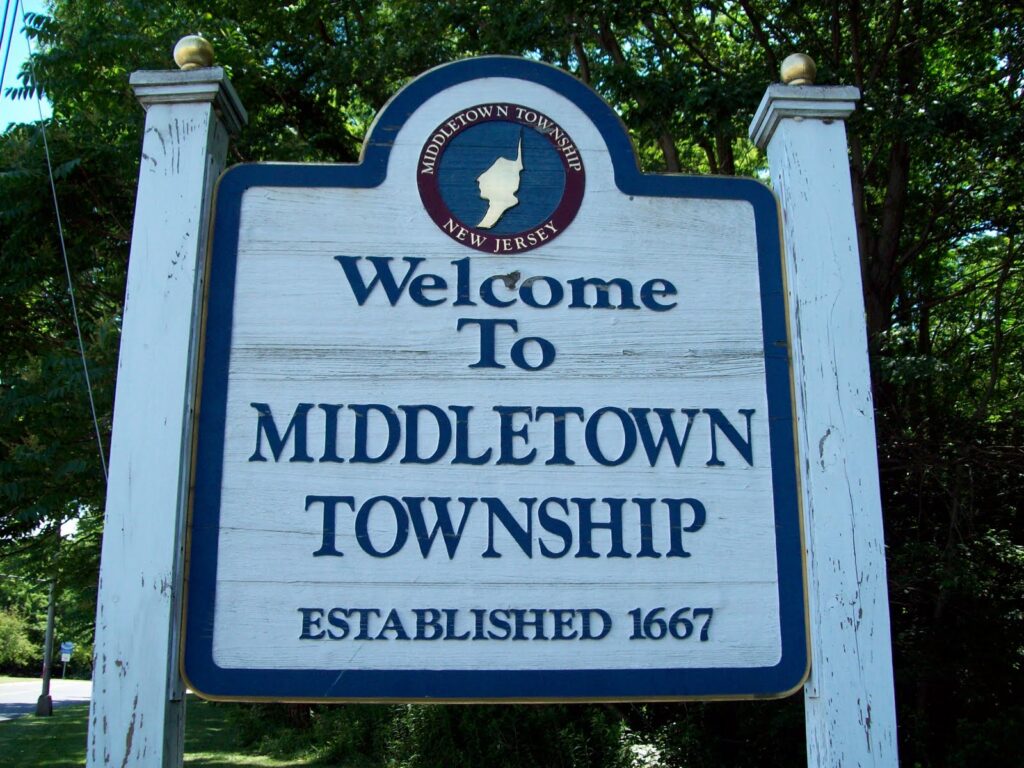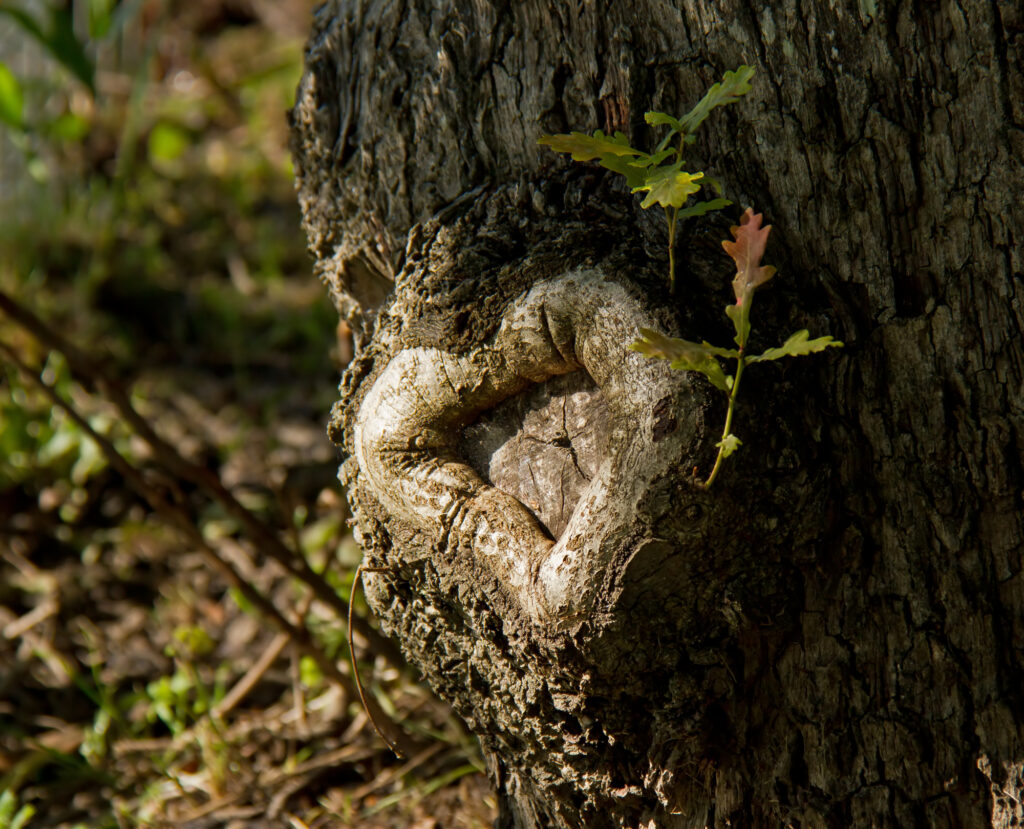There are many reasons to prune your trees, all of which result in a better looking and healthier tree. Routine pruning allows your trees to reach their full potential, stay healthy, and ensures a maximum lifespan.
We have been pruning trees in Middletown Township, NJ for over 25 years. We know a thing or two about how to maintain our communities trees the right way.

Pruning focuses on removing dead, dying, and diseased branches to help a tree grow in a healthy way. Opening the canopy allows light and air to filter throughout the entire tree. This allows for increased foliage and decreases the risk of disease.
An experienced arborist and prune and trim trees in specific ways to encourage flowering and fruiting, as well as shape plants into different forms.
Pruning is a main component of storm proofing. Pruning trees around your home helps to create a safe environment for your property, friends, and family. Overgrown trees with diseased, weak, and dead branches can be a serious hazard. Falling tree debris is a danger that can cause serious bodily harm.
When performed by a certified arborist, regular pruning helps to create a strong tree that can withstand extreme weather such as high winds, rain, ice, and snow. Trimming and pruning your trees helps to protect them during the extreme weather of hurricane season and winter. During hurricane season, excess foliage can result in top-heavy trees susceptible to damage from excessive winds. In winter, foliage collects ice and snow. The extreme weight of the ice and snow can cause the trunk or root system fail, uprooting the tree causing it to fall over.
Many Middletown residents aren’t aware that they are responsible for damage to power lines over their property. Pruning your trees helps to make sure they do not grow around electrical or telecommunications lines over your property.
What Is The Purpose of Tree Pruning?
When you prune a tree, there should be a purpose with every cut. This should be based on one or more distinct needs or objectives determined by the tree owner and the arborist.
Structural pruning of a young tree is the best practice for tree longevity as well as an economical approach to tree maintenance. It is much cheaper to prune a younger, smaller tree than a larger, more mature tree.
Strong, stable trees should be the goal of any sustainable planting. This begins with properly trained trees, pruned to improve branch structure and crown development.
Proper structural pruning lowers crown density, which reduces the mass and motion of limbs due to wind. This approach to correcting structural faults helps reduce the potential for failure as the tree matures. Typically, this pruning occurs in the first 5 years after planting.
Additional pruning may be required over several years to achieve desired pruning goals. Trees benefit from structural pruning until the basics of strong structure are established.
How To Properly Prune A Tree
The most common reasons to prune your tree include aesthetics, structure, and reducing risk.

Typically, people prune to improve the appearance of the tree by reducing the length of fast-growing stems or unwanted growth. However, too many times trees are pruned only to maintain a desired shape or size to fit a location in the landscape.
This can be the result of poor placement or because the wrong tree was selected for the intended space.
Sometimes pruning is necessary to remove dead or dying branches or those affected by insect damage or disease. This helps defend against the spread of the pest and prevent further damage. Also, pruning can increase the vitality of the plant to improve flowering and fruit production.
Structural pruning is essential in developing a tree with a strong structure and desirable form. Trees that receive the appropriate pruning while young will require less corrective pruning as they mature.
Remember that each cut has the potential to change the growth of the tree, therefore it is important to set an objective for why the tree will be pruned.
For young trees the objective is to improve tree structure. Poor pruning can cause damage the tree must grow over causing the wound to stay within the tree forever.
Properly pruned tree branches form a callus where the removed branch once was. This callus is important to the overall health of the tree.
Callus formation rates vary for different tree species. Callus formations are affected by environmental conditions such as water and nutrient availability.

Some trees may never completely close their wounds, depending on these and other factors, like wound size. However, numerous studies demonstrate that favoring callus formation can significantly reduce infection and colonization by decay organisms and other pathogens.

When To Prune Your Trees
Most trees benefit from regular pruning, with pruning in mid to late winter being ideal. Pruning during dormancy encourages new growth when the weather becomes warm again.
During winter, bare branches allow us to thoroughly examine your trees. The extra visibility allows us to identify all branches and limbs that require pruning.
Pruning trees in summer can be beneficial if performed by a certified arborist. An experienced arborist can use summer pruning to direct growth. This is done by slowing down the development of a tree or branch. The best time for this pruning is just after seasonal growth has reached its peak.
Now that we’ve established the best time of the year to prune your trees, let’s discuss flowering trees. Flowering trees are either early bloomers or late bloomers.
Early blooming flowering trees set buds on last year’s growth. We recommend these trees be pruned right after it finishes blooming.
Early blooming trees include:
- Star Magnolia
- Saucer Magnolia
- Ornamental Pear
- Crab Apple Tree
- Dwarf Flowering Almond
- Flowering Cherry
Late blooming flowering trees bloom in late spring to early summer. They set buds on this year’s growth. For the best bloom, these trees should be pruned in early spring.
Late blooming trees include:
- Stewartia
- Sweetbay Magnolia
- Tuliptree
- Hawthorn
- Japanese tree lilac
- Linden
- Smokebush and Smoketree
Get A Quote
Tree Pruning Methods
There are many ways to improve both the health and the shape of a tree. The goal of each is to create a tree with good light and air circulation, attractive visual qualities, and maximize strength.
The four most common tree pruning methods are crown thinning, crown raising, crown reduction and crown cleaning. Each pruning method involves the crown of the tree. The crown of the tree is essential for producing leaves for photosynthesis. Without a strong and healthy crown, the tree will weaken over time and become unhealthy, and possibly unsafe.
Crown Thinning
Thinning the crown involves trimming a tree to remove specific live branches to reduce the overall density of a tree. Thinning is the most common pruning performed on mature trees.
Thinning cuts reduce the canopy density but generally have little impact on the tree’s height. It allows better light penetration into the canopy, which in turn encourages growth of interior branches. This process improves trunk taper and increases the strength of primary branches. Thinning cuts also reduce weight on large branches, ensuring the tree can hold the weight of ice and snow. Since crown thinning isn’t intended to change the size or shape of the tree, thinning should be consistent throughout the tree.
We recommend removing only 15 to 20 percent of the tree branches from the edge of the canopy. Large trees benefit from removing end portions of limbs that are 1 to 4 inches in diameter. Small ornamental trees and fruit trees can be thinned by removing smaller limbs less than half an inch thick.
Crown Raising
Crown raising lifts the bottom edge of tree limbs up to clear for traffic, buildings, or a view. This tree pruning method should be performed gradually over a long period of time. Removing too many lower branches all at once can result in a weak tree. Remove only a few limbs less than four inches in diameter when pruning every year.
Crown Reduction
Crown reduction is a tree pruning method generally used on older, more mature trees. It can help strengthen the tree and encourage new growth. Crown reduction removes a tree branch back to a growing lateral branch. When the growing season begins in the spring, this lateral branch will become part of the new tree crown.
While crown thinning is performed to reduce limbs and foliage, the goal of crown reduction is to remove old growth, while encouraging new growth.
Crown Cleaning
Crown cleaning is the removal of dead, diseased, and broken branches when trimming a tree. It can be performed at any time. This should be included as a part of crown thinning, raising and reduction services.
Cleaning the tree crown strengthens the overall tree and prevents future damage to both the tree and surrounding property.
Conclusion
Trees are important assets and provide functional and aesthetic benefits. People often plant trees in unfavorable environments, such as urban areas, so they require help to stay healthy.
The goal in any maintenance program should be to maximize the benefits of the tree while minimizing inputs required for it to survive.
At Hufnagel Tree Service, we are experts at evaluating and planning pruning maintenance plans that will keep your trees healthy for many years to come. We encourage you to call and schedule a free tree risk evaluation inspection to learn more about how we can help.
